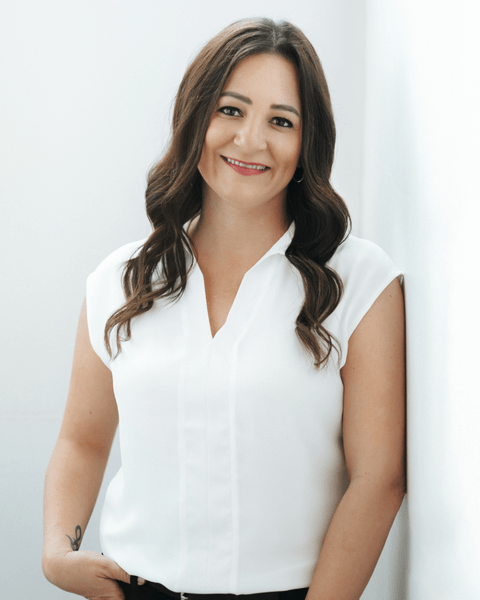Please connect anytime and put my mortgage experience to work for you.
Candice Liberatore. Mortgage Broker.
If you're looking for mortgage financing, you've come to the right place. Let us help you find the best mortgage to meet your needs.
Candice Liberatore
Whether you’re looking to purchase a new home, refinance an existing home, or renew your mortgage, let me help find you the most suitable mortgage product for your particular circumstance. As a Mortgage Agent at Xeva, I’m able to offer you the most innovative home financing products available in the marketplace today.
With over 23 years experience working with a major Canadian bank, I’ve helped clients just like you with all types of lending, financial planning, advisory services, commercial banking, and for the last ten years, most specifically mortgage lending. I have been recognized for providing ethical and honest advice and enjoy bringing a very high level of customer service to everyone I work with.
My ultimate goal is to provide you with such a positive mortgage experience that you’re willing to refer me to your family, friends and colleagues. It’s worth a call to schedule a no-obligation review of your situation. The right mortgage can build your wealth and save you thousands of dollars. I look forward to providing a frank assessment of your situation and the advice you need to achieve your homeownership and financial security goals.
On a personal side I live with my the love of my life, 4 children and a covid dog named “Dr” Henry. I enjoy watching any sports, cooking, and wine. My favourite times are spent with family and friends.
Please connect anytime, it would be a pleasure to work with you!
Mortgage financing can be confusing, let me walk you through the process, here's the plan.
Get started right away
The best place to start is to connect with us directly. The mortgage process is personal. Our commitment is to listen to all your needs, assess your financial situation, and provide you with a clear plan forward.
Get a clear plan
Sorting through all the different mortgage lenders, rates, terms, and features can be overwhelming. Let us cut through the noise, we'll outline the best mortgage products available, with your needs in mind.
Let us handle the details
When it comes time to arranging your mortgage, we have the experience to bring it together. We'll make sure you know exactly where you stand at all times. No surprises. We've got you covered.
I'm proud to be a member of
Mortgage Brokers across Canada working together to make a difference in the lives of those who need it most.









